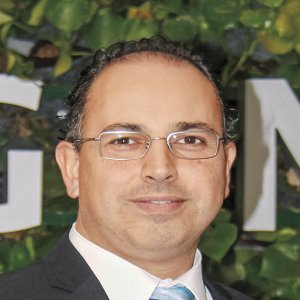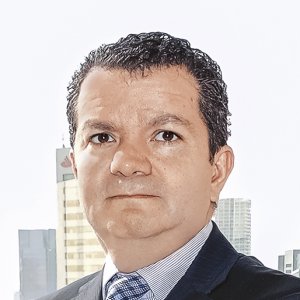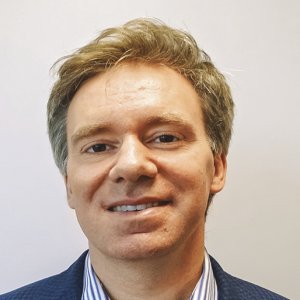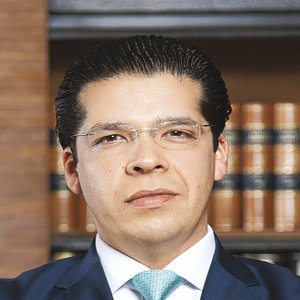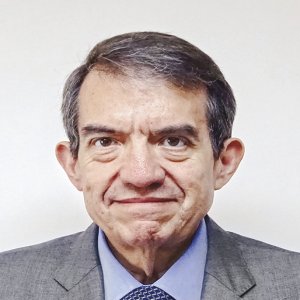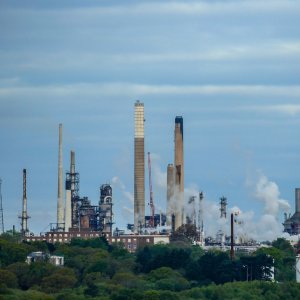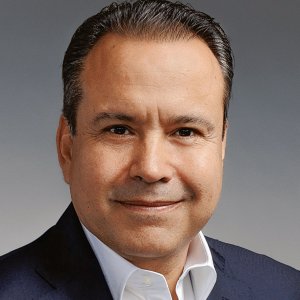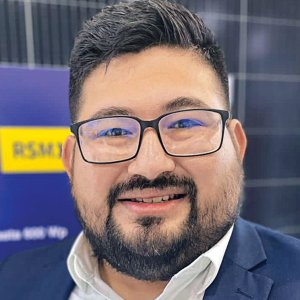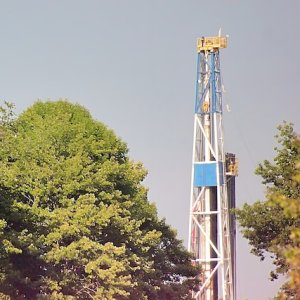From Disciplined Project Development to Flawless Execution

STORY INLINE POST
Q: What are Mexico’s prevailing challenges in project development?
PA: As in most power markets, securing land rights and a competitive electrical interconnection to the electric grid are fundamental challenges. Renewable projects in particular require special attention because they involve very large parcels of land. Working through this process with full awareness of the potential social and legal issues with a local team that has local knowledge and experience is fundamental. The electrical interconnection process also requires special attention and local knowledge. The Energy Reform turned Mexico into a market of high interest for companies from around the world, including Invenergy. CENACE processing thousands of interconnection requests annually attests to that. But in most cases these requests are for projects that are speculative and will never be built. Lastly, securing the commercial off-takers for projects is also a challenge. In Mexico, the long-term electricity auctions are one such avenue to sell capacity, energy and CELs. But the market needs other off-take opportunities and more liquidity. We are hopeful that this will happen over time with the entry of qualified suppliers and private off-takers.
JB: Invenergy has the best of both worlds. We converge our Mexican team’s local experience and our Chicagobased parent company with a 16,000MW portfolio in project development, transferring this expertise to Mexico. We have a training exchange program in place where both our Chicago and Mexico contingents trade places to simultaneously make the most of the US electric market's maturity and to learn best practices.
Q: What are the key elements of Invenergy’s strategy in Mexico?
PA: Our strategy in Mexico is underpinned by our philosophy and values as a company. Innovative spirit in what we do, diversity in our project portfolio and offtake sales, attention to detail when it comes to project development, execution and operation as well as heavy doses of discipline and patience. Of these elements, perhaps the most important are the last points: discipline
and patience. I mention these points because in recent years in Mexico we have seen some very aggressive, irrational behavior in the market where the end game is clearly driven by market share rather than project economics and investor returns. Unfortunately, this behavior distorts the market and creates unrealistic and unsustainable pricing levels where in my view many of the short-term winners will eventually become the losers.
In Mexico, we are developing a broad, geographically diversified, well-developed portfolio of projects, such as wind, solar, energy storage and thermal power, including cogeneration, that we can then take to the market either through the long-term auction process with CFE or through bilateral agreements with commercial and industrial customers. Our strategy in Mexico paid off in late 2017 when we closed out the year with the award of two thermal projects. The first project, Compañia de Electricidad Los Ramones, is a 550MW natural-gas fired thermal peaker project that was awarded a capacity contract in the third long-term auction. When it enters into commercial operation in early 2020, it will be the most efficient natural gas-fired peaker plant not only in Mexico but perhaps in all of Latin America. We also secured an 18MW, 110t/h steam cogeneration plant with a leading industrial company. This is also a long-term agreement in which we were engaged to develop, construct and then operate and maintain the cogeneration plant. We are very excited about this opportunity and we see more like this with other industrial customers.
JB: Invenergy is a sole-owner private company, setting us apart from what is typically found in the Mexican market. We have 16,500MW operating globally, setting us on par with utility-scale companies such as Enel, Acciona or ENGIE, to name a few. The added advantage is our short decision-making chain, conferring an additional agility and flexibility that we can take to the commercial segment of the market. We can move parallel to the market and take the most advantage of new opportunities and anticipating market trends as well as adapting to our clients’ needs. Considering our global team is comprised of 800 people, we have one of the most efficient employee/installed MW ratios.
Q: Will Invenergy replicate its global portfolio in Mexico?
PA: While it is true that a large percentage of our portfolio is dominated by wind power, this is mostly due to the very specific market and regulatory conditions that have existed in the US since the early 2000s. In particular, we have enjoyed a renewables production tax credit for a number of years and until recently, wind power was much more economical than solar power, so not surprisingly we developed and constructed far more wind power than solar. But this is not something we did deliberately and have no particular preference of one technology over another. In fact, with the price of solar panels and BOP systems coming down drastically in recent years, going forward, I would not rule out that on a growth-rate basis, our solar power portfolio will grow faster than our wind power portfolio. In Mexico, which has areas with excellent wind resources, such as Tamaulipas and Oaxaca, as well as outstanding solar resources that cover a good portion of the country, we see lots of growth opportunities in both technologies.
Q: How would Invenergy define project financing done right?
PA: A primary element would be getting things right up front. A well-developed project includes what lenders are going to look for, promptly identifying risks and efficient as well as effective ways of mitigating them. Identifying all those elements early is a must and something we do particularly well. The core of our project finance team is in Chicago but we have a highly experienced finance professional heading our project finance activities in Mexico. Despite the fact that his responsibility here is project finance, we routinely involve him in development discussions. He sees what we are doing early on — permitting, site control, contractual issues, how we structure commercial off-takes. He can then share with us a lender perspective and capture those elements into our contracts. Doing it any other way could frustrate projects, lengthen schedules and time to reach financial close and jeopardize not only the entire project but also our credibility.
JB: Invenergy is a long-term player. When we sit with our lenders it is because we will be involved in the project for over 20 years. One of the major worries a lender can have is whether the project can yield what the financial model generates. When we put on the table all our expertise applied throughout the project’s development stages and include operations and management services, it reassures lenders regarding the actual cash flow of the project.
Q: How can the Ramones thermal peaker project assist Mexico’s energy transition?
PA: Ramones is what we call a gas turbine peaking plant. It is specifically designed to respond quickly and efficiently, as it can go from zero to full load in less than 10 minutes as opposed to a large combined cycle plant with heat recovery steam generators, which can take several hours to reach full load from a cold start. As the amount of renewable generation in the system is increased, given its intermittent nature, the system has to be off-setting and reacting quickly to maintain voltage and frequency within very tight bands to keep electric supply stable and reliable. Thermal peaking is what historically has served that role. In Mexico, this role has been served in most cases by outdated CFE plants as peakers fired by fuel oil or diesel. The cost of providing that service to the system is enormous.
Our Ramones peaker plant will be the first thermal peaking unit, natural gas powered, with a thermal efficiency well above these older CFE plants, be they gas turbine peakers or conventional steam plants. The physical location of Ramones is also strategic since it is in a region where natural gas from the US is easily available and in an area where renewable wind generation is growing rapidly. Our Ramones project is also unique because it will be the first new thermal project awarded and built from scratch as a result of the long-term auction process. We are very proud of this accomplishment.
Q: What are Invenergy’s plans in Mexico for 2018?
PA: With our awarded projects in 2017, we will quickly pivot and transition our efforts from development to execution. We expect both of our projects to achieve financial close in the first half of 2018 and to start construction immediately thereafter. EPC and equipment supply agreements are already moving quickly. But with over 4,000MW of projects under development, we will continue to pursue new opportunities as well. It is going to be a very busy year for us in Mexico, but we have a great team and can overcome the challenges that will face us.
JB: We are also focused on closing the commercial aspects of our 168MW Fenicias wind farm, located on the border between Tamaulipas and Nuevo Leon and operating under a legacy contract, obtaining financial closing and starting construction before the end of 2018. Pertaining to energy trading, we are bringing the finishing touches to a financial Contract for Difference meant for CELs acquisition, designed on the basis of node price variations compared to the agreed price.
